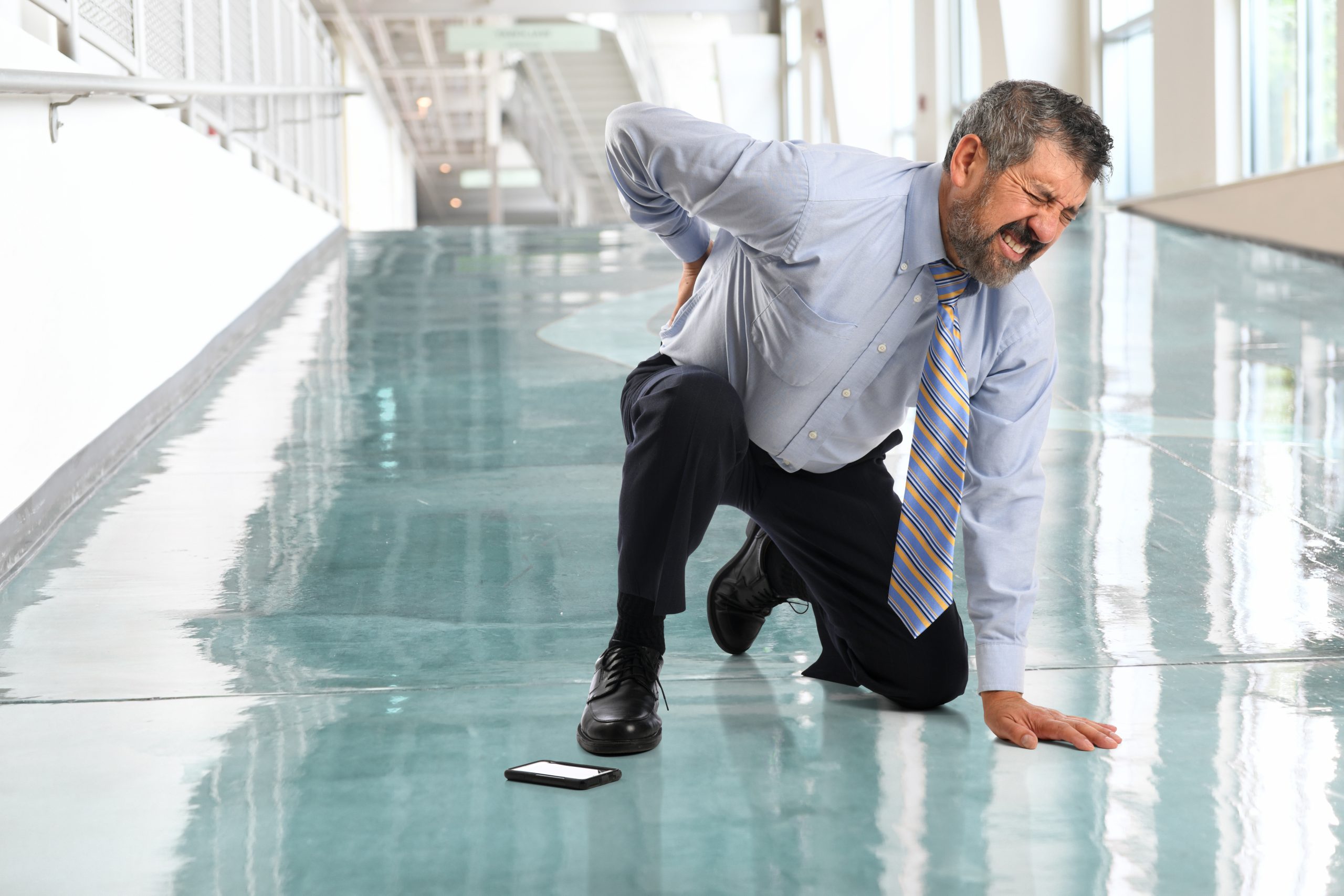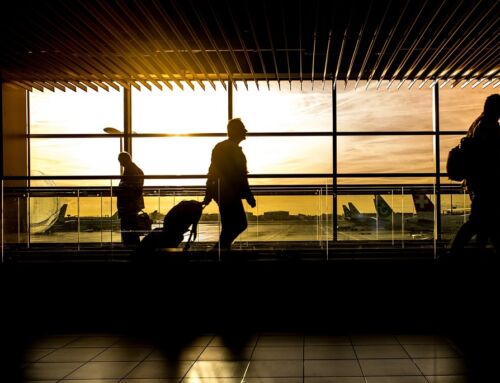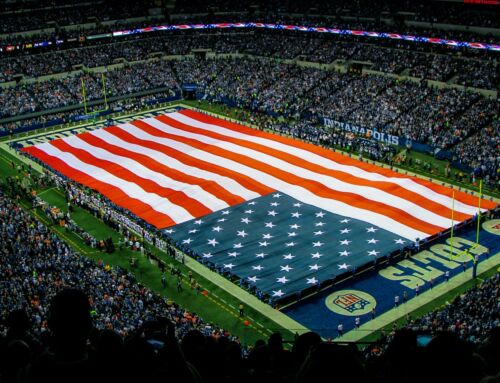Why it’s Important to Pay Attention to Your Surroundings After an Injury
When someone is injured in a slip-and-fall accident, there is often a visible cause. Whether that be an icy parking lot or sidewalk, a pothole, crack, or unlevel pavement, or a wet spot, whether that be water in a parking lot or puddles of water inside a business. However, sometimes, when the cause of the slip-and-fall is not very obvious, it is important to note the specifics of where the injury occurred, observe the area, and make sure that if the cause of the fall can be seen, point it out to any employees or the people who own the business.
In order for a slip-and-fall injury to be treated as a liability issue, there must be a hazard present and the business must have actual or constructive notice that the hazard was there. In order to establish negligence, there must be some sort of hazard, of which the business had actual or constructive notice of, and of which they did nothing about.
A Case Regarding Actual or Constructive Notice
Recently, the Indiana Court of Appeals decided the case Cooper’s Hawk Indianapolis, LLC d/b/a Cooper’s Hawk Winery & Restaurant v. Ray. This lawsuit involved a slip-and-fall accident in a Cooper’s Hawk Winery. The plaintiff, Katherine Ray, was in a Cooper’s Hawk Winery on a rainy day, and during her time in the winery, she went to the restroom. While on her way to the restroom, she testified that she had not noticed any kind of wet spot near the restroom. However, when she walked out of the restroom she slipped and fell and injured herself.
Katherine’s husband, Ian, came to her aid and noticed that her jeans were damp in spots, and saw small puddles of water near where Katherine fell. However, he stated that the puddles were very small. Katherine Ray filed suit against Cooper’s Hawk for negligence in the slip-and-fall case. Cooper’s Hawk filed a summary judgement with the court claiming that they did not have actual or constructive notice of the wet floor. The trial court denied Cooper’s Hawk’s motion for Summary Judgement.
The Court of Appeals held that the trial court erred in denying the summary judgment motion. This is because the mere act of a fall does not prove negligence by the business. The court stated that a property owner must maintain its property in a reasonably safe condition for business invitees.
The court stated that Katherine did not see any liquid where she fell, that Ian did not notice where the liquid he saw came from, and that Ms. Masters, the manager that day, inspected the premises where Katherine fell and stated that she saw no liquid or hazard of any kind in that area, and had not been notified by anyone that there was liquid in that area prior to the fall that Katherine sustained.
Why Does This Matter?
This case is important for plaintiffs because it shows that if you were to slip and fall and suffer injury, it is important to note the cause of the fall and note it immediately after the fall itself. If someone does note the cause of the fall, and notifies the business of this cause, then they can potentially be held liable for the fall and any subsequent injuries.
A business needs actual or constructive notice of a potential problem area. Whether they have actual notice, as in, someone told them that an area was wet or there was a pothole in the parking lot, or whether they have constructive notice if someone has fallen previously in that area, or the wet area or crack is in a heavily trafficked area, such as right in front of a doorway, or near the front of the parking lot. If this is the case, the business could be liable for any injuries suffered in a slip-and-fall.
Have You Been Injured in a Slip-and-Fall Accident?
Contact the experienced personal injury attorneys at Hurst Limontes, LLC. Our attorneys have decades of combined experience working on personal injury cases. We will work and communicate with our clients, no matter the difficulty of the case. Contact us today for a free consultation!





